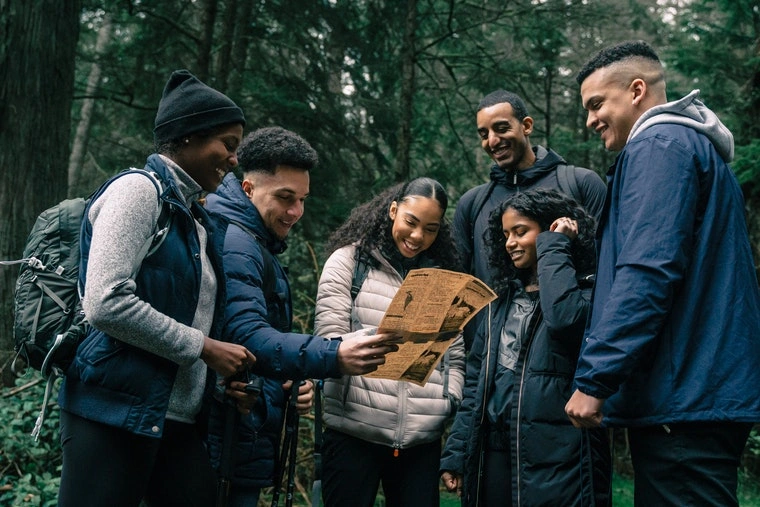What’s the connection between you walking along trails, exploring nature and shifts in weather patterns? On your own, probably not so much. But with 1.3 million unique hikers and a 171 percent increase in hikers in 2020 alone, the collective impact is enough to focus a spotlight on this outdoor activity.
The Environmental Impact of Walking Holidays
Hikers have increased in the last several years, with more people preferring the great outdoors for leisure activities. Its popularity has paved the way for more tourism jobs and helped make physical fitness an appealing goal. The downside to all these favorable results is heavy usage.
Hiking trails have become overrun. Paths have widened to make room for more hikers, eroding soil. Some areas have lost vegetation, affecting the wildlife that depended on certain areas for food. Along with tree and plant damage came litter from hikers.
The use of fossil fuels is still largely the biggest driver of climate change. But certain hiking behavior and mismanaged trails are also contributors to environmental degradation, which may affect weather patterns.
Meanwhile, climate change also affects hiking. At the least, a rise in temperature shortens and limits hiking enjoyment. The world is getting warmer with 15 of the 16 recorded temperatures taking place since 2001. At the most, hiking trails must be closed for months because of widlfires and drought. Consider the California wildfires in 2016 when many hikers were forced to find alternate routes on the Pacific Crest Trail, one of the most popular trails in the country.
But you don’t have to watch your favorite trails degrade or disappear from public use. You can do something as an individual to pitch in and diminish the impact of climate change on your cherished activity and vice versa.
How Hikers Can Fight Climate Change
Before you set off on your walking holiday, plan your activity well. It begins with where you need to go, when you need to go and what you need to bring.
Choose a hiking destination with good trail management
Some parks are lucky enough to have sufficiently trained staff to handle the trails. The best ones will have well-designed trails that are not intrusive to its surroundings, with little impact on the ecosystem. These trails may have plenty of hikers visiting, but with staff educating people and trails keeping them off protected areas, the impact is minimized.
Hike locally
If at all doable, cut your carbon footprint by hiking in areas near you. Instead of flying out or driving to the destination, you could even bike to a hiking trail. Elimination major travel out of your walking holidays allows you to help your community and keep your carbon footprint low.
Try to go when fewer people are around
A high concentration of people in one trail will have an impact on the ecosystem. The noise from hikers can affect the wildlife. More vegetation is likely to get trampled on, too. Big crowds also influence your experience — in the worst way.
So instead of going during peak seasons, which are usually summer and spring, try booking during fall and winter. You’ll go with fewer people, see brilliant foliage and walk amid comfortable temperatures.

Reduce plastic waste, bring a reusable water bottle
Plastic waste is a big problem. Do your part and bring a reusable bottle instead of buying bottled water.
Bring your trash with you
Litter along hiking trails affects the beauty of the surrounding area. It also attracts wildlife, turning them into scavengers. To reduce your waste, make a snack to pack instead of relying on packaged grocery items. Make a trail mix or granola bars, spiced pita chips, or pizza bites and put them in containers. This way, you cut the waste you make while enjoying the great outdoors.
Follow the rules
Some people tend to go off trail, wanting to explore the unexplored or simply to stay away from the crowd. But parks have put up signs and keep out hikers in certain areas for a reason. Detours affect the wildlife, which impacts the ecosystem. Responsible hikers stay on the path, so read the signs and follow the rules.
If you want to go further, sustainable hiking can be achieved with the following steps:
- Get involved in conservation efforts in your community
- Make your voice count by making sure state and national officials pass eco-friendly policies
- Be informed and sign petitions that curb climate change
Hiking is a good way to experience the great outdoors, but make sure your nature-loving activity doesn’t end up hurting it. Educate yourself. Make good choices as a hiker. And hopefully, the environment will recover in time for future generations to experience the wonders and beauty of hiking.
